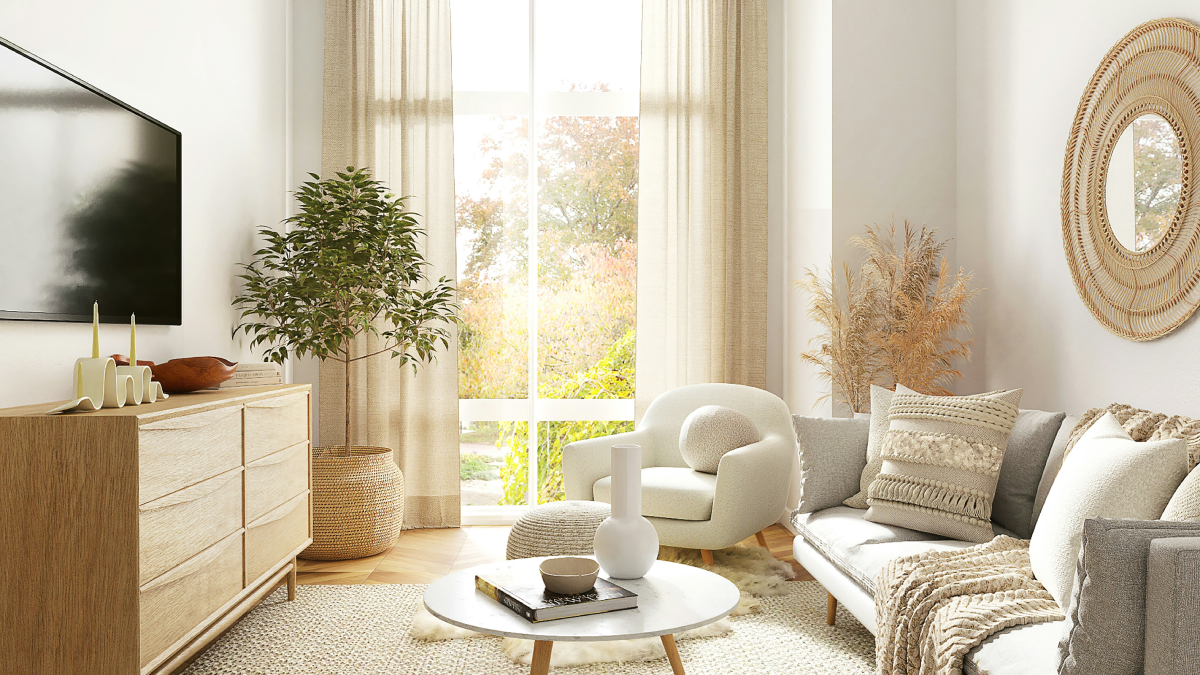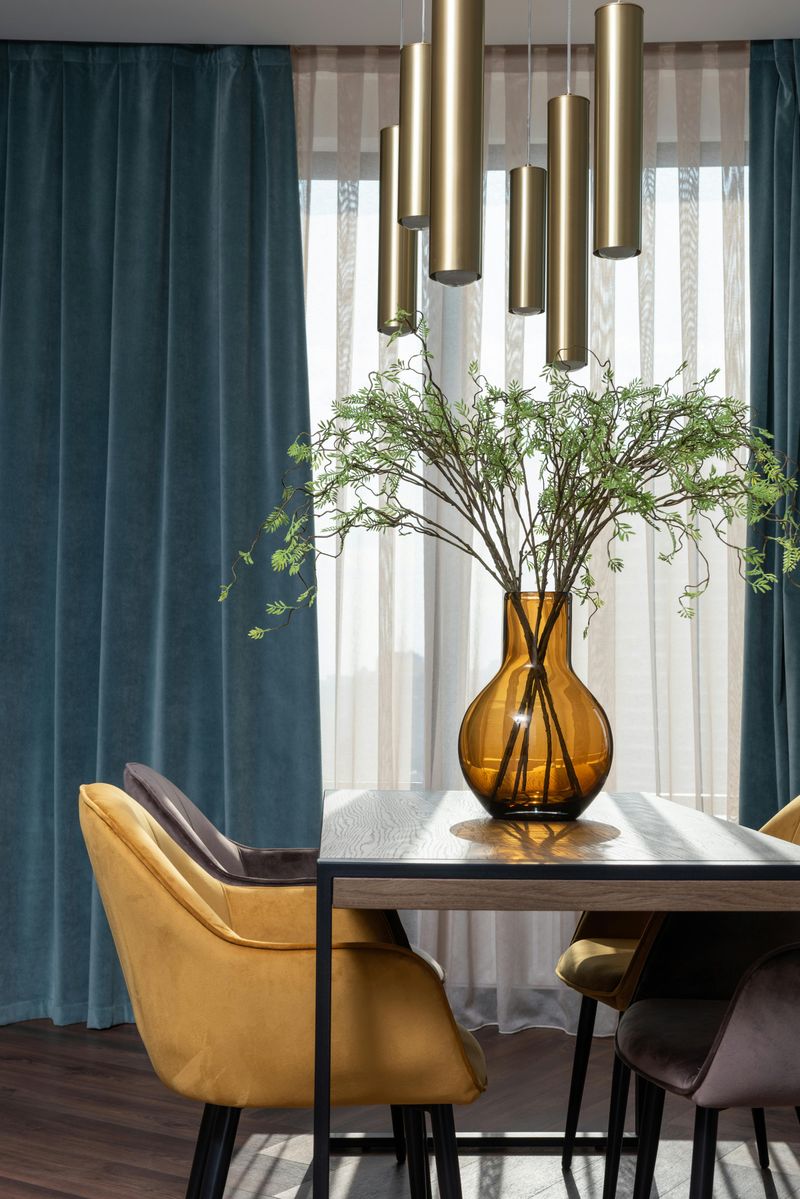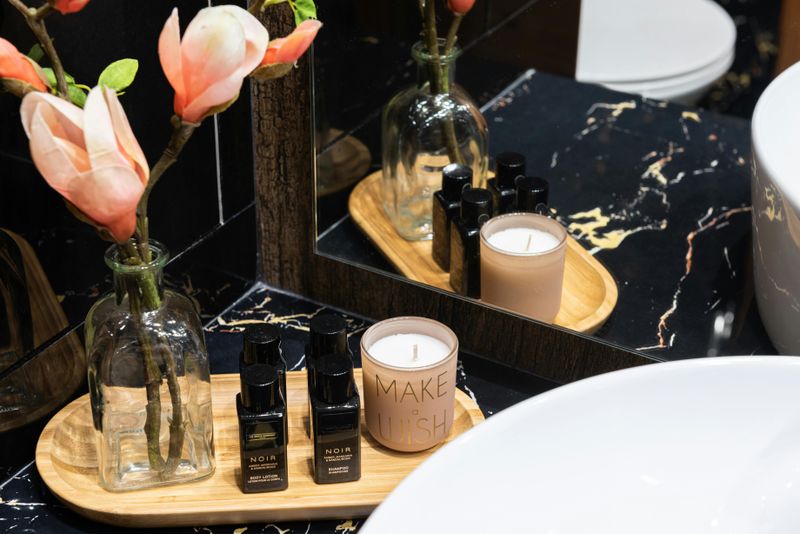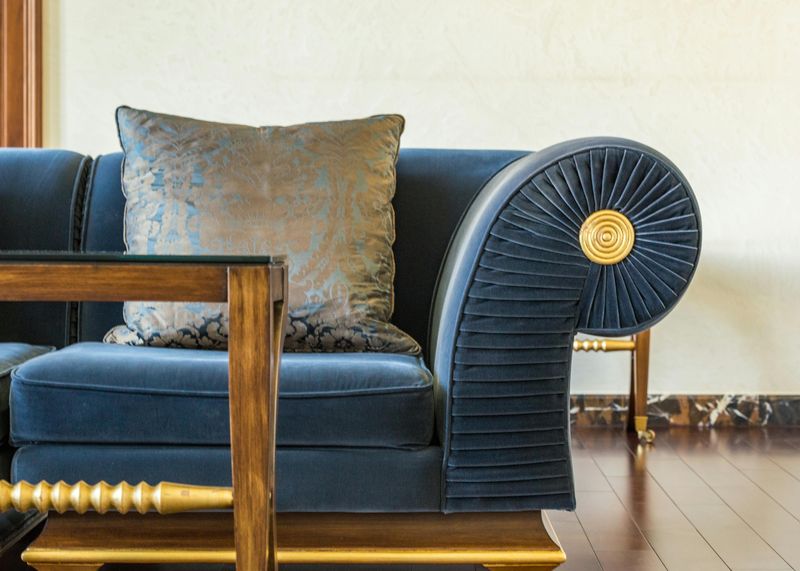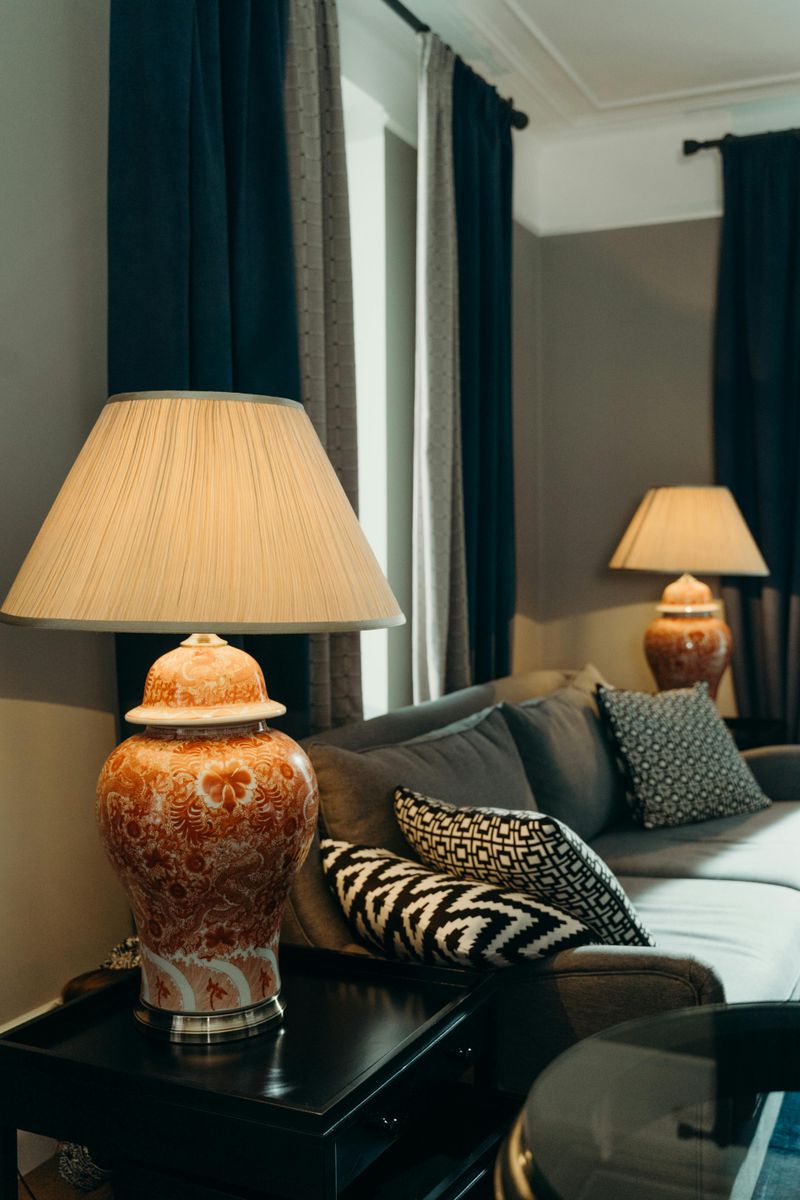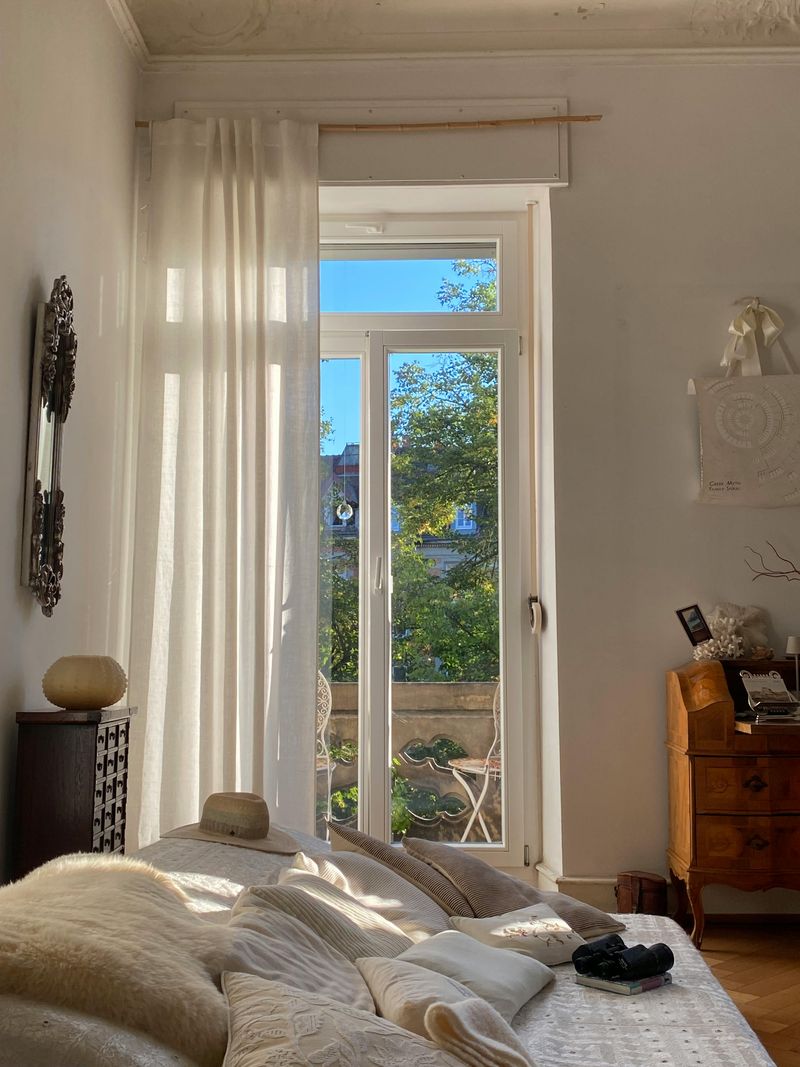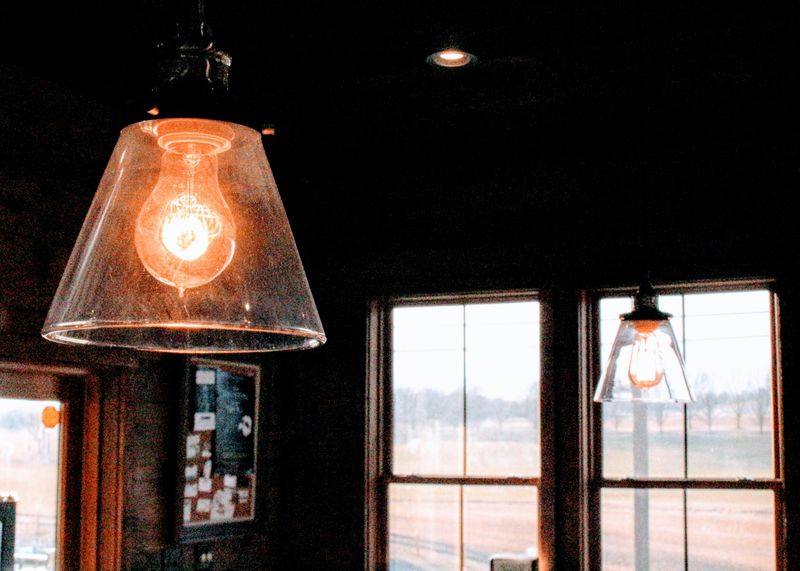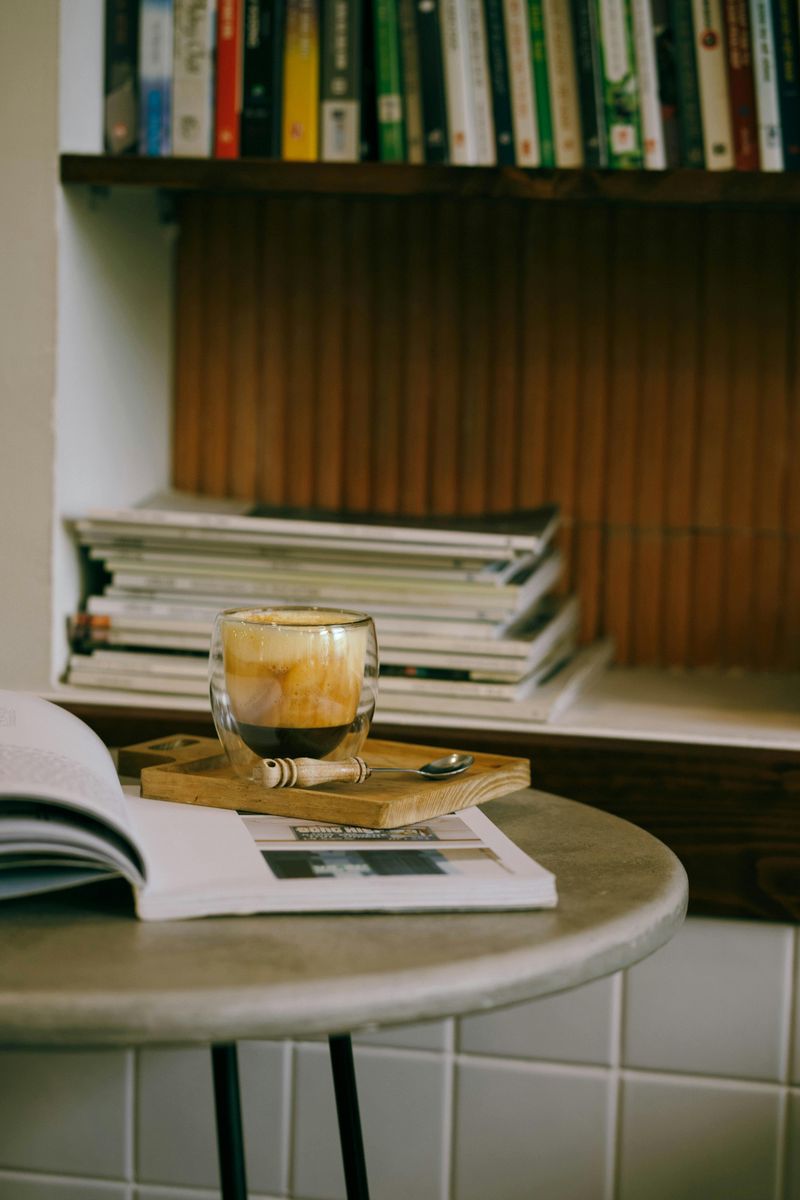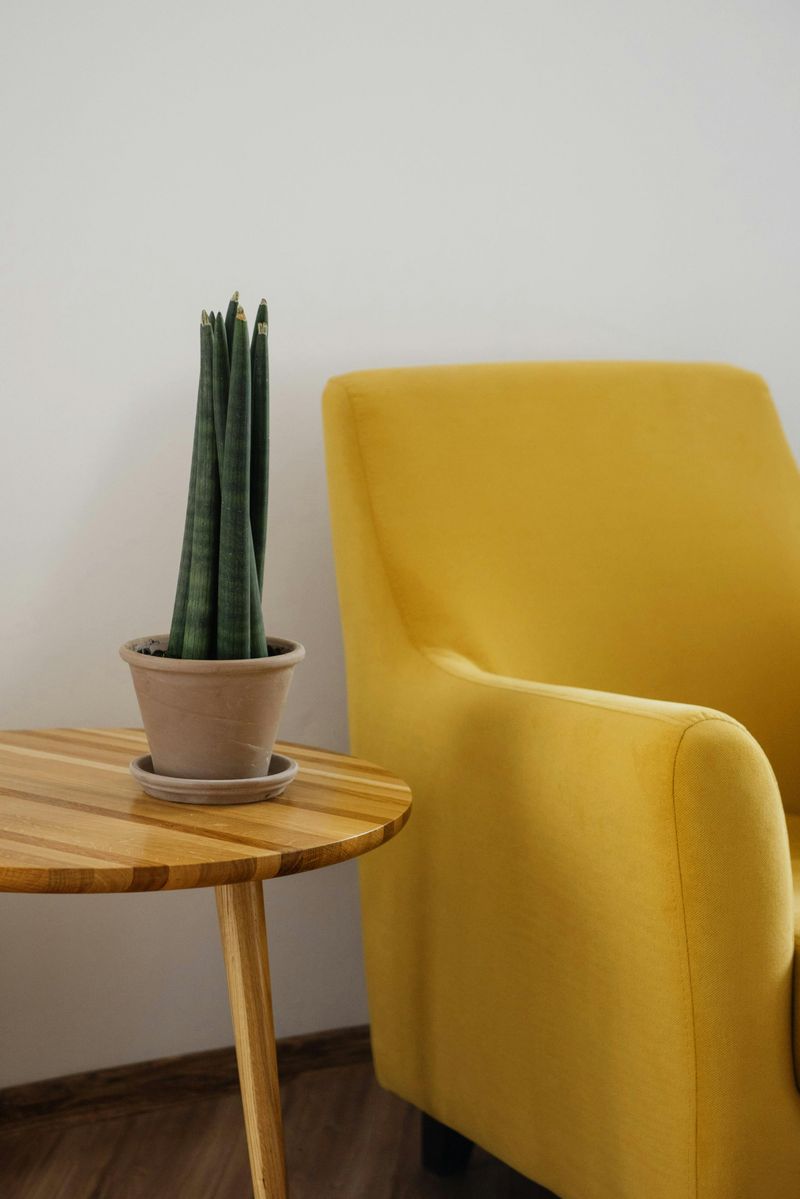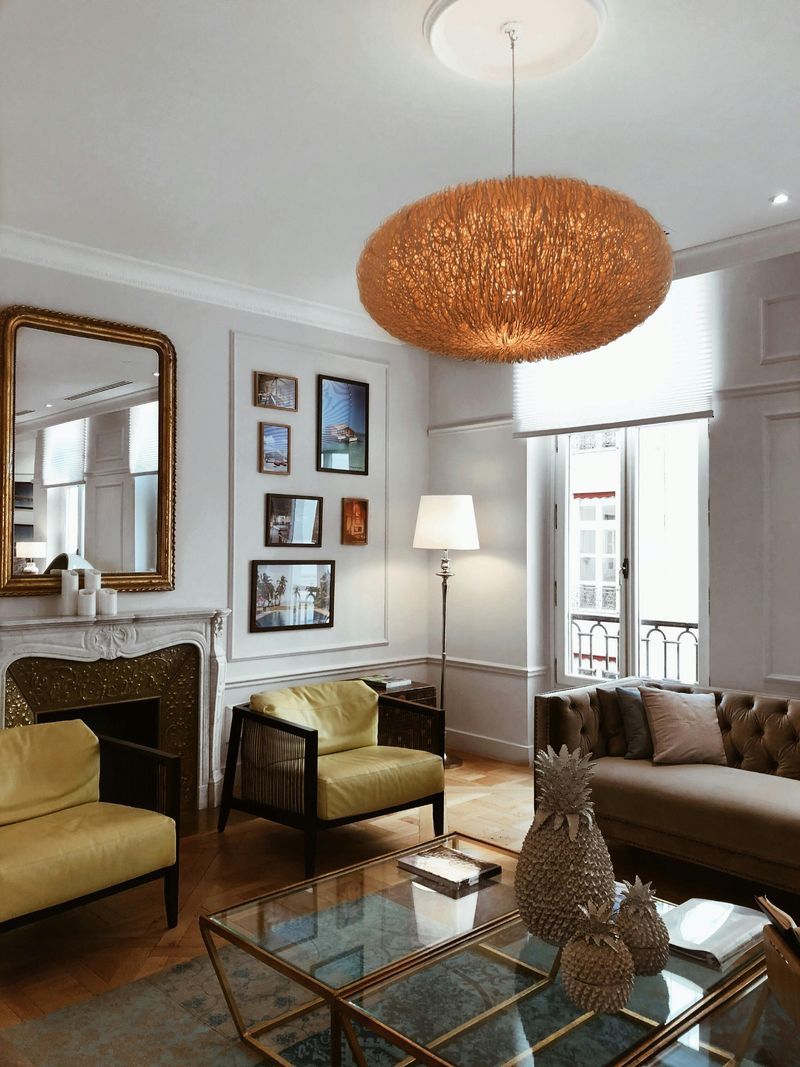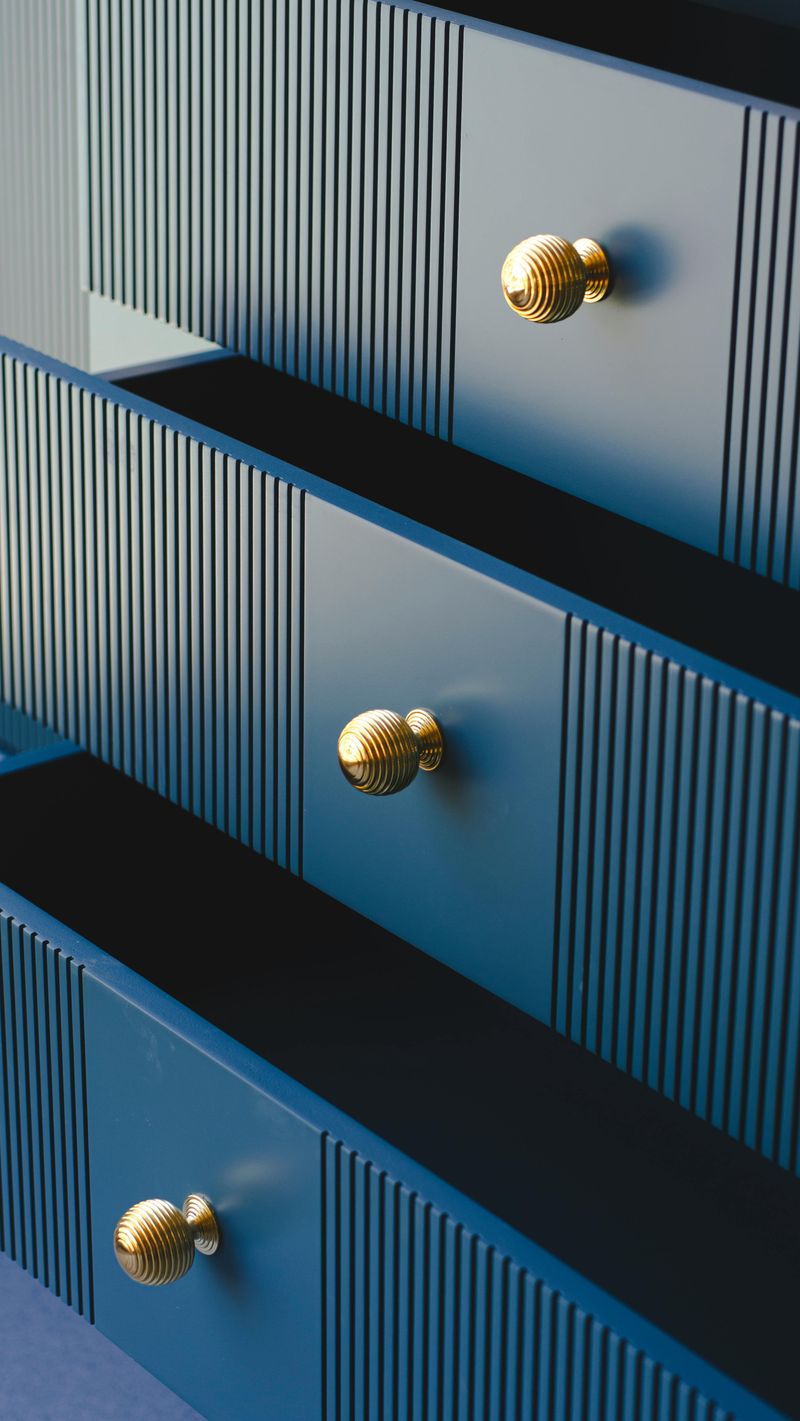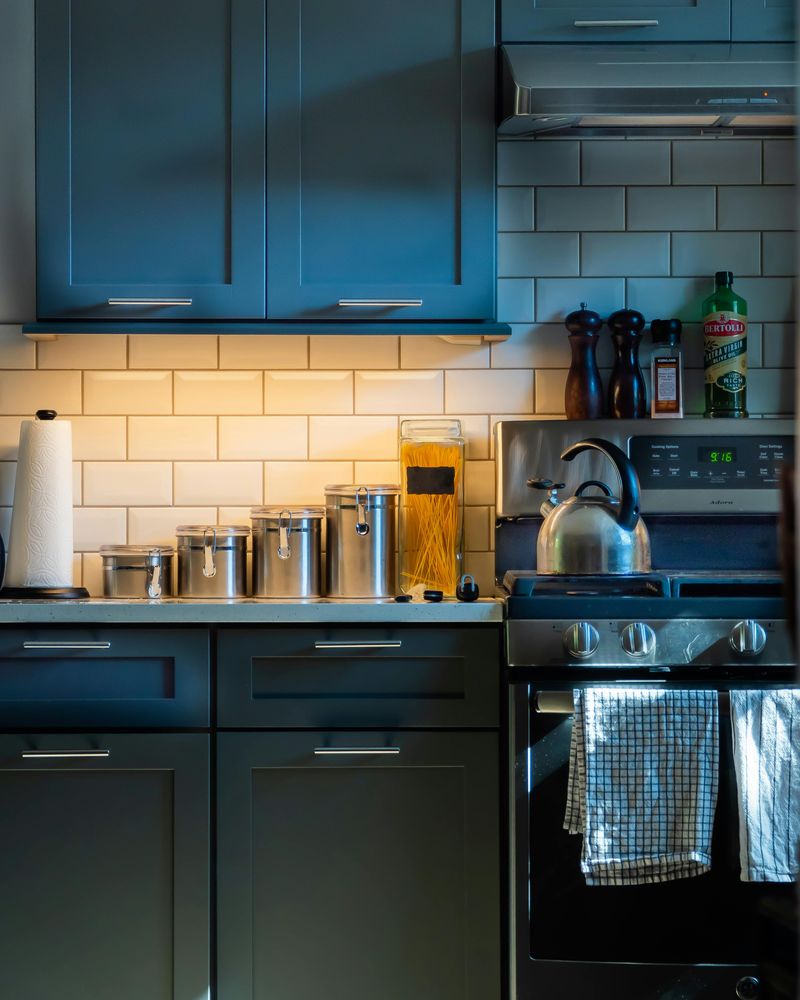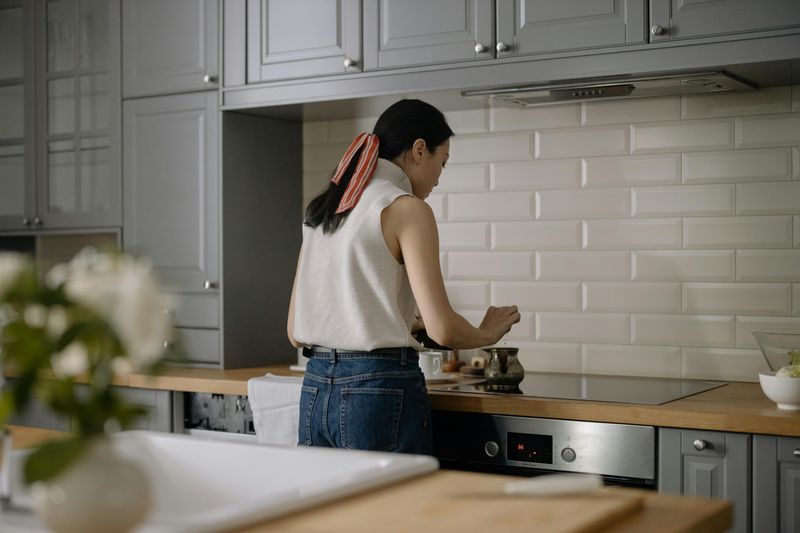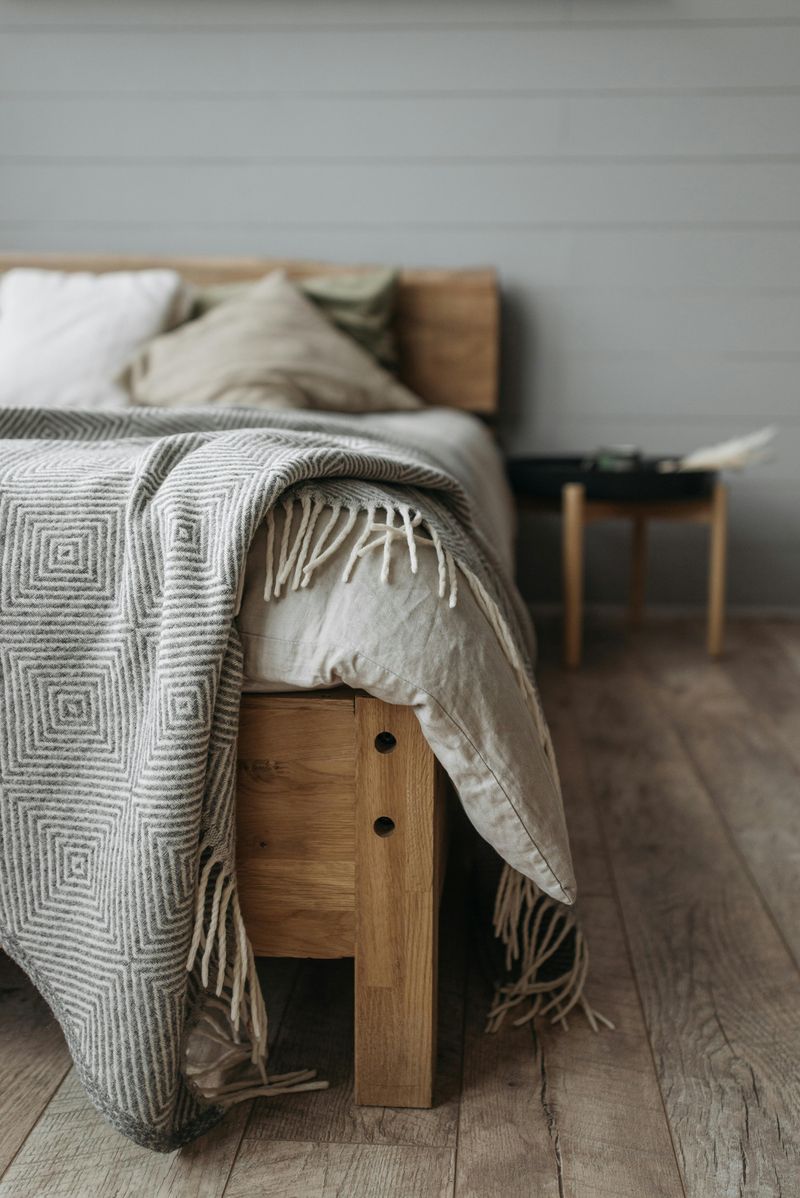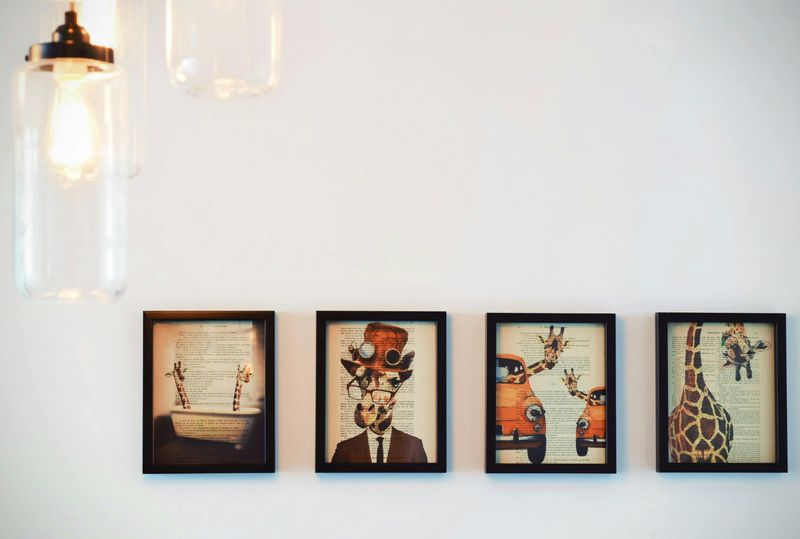Ever walked into a beautifully decorated room and wondered how it looks so expensive? The secret isn’t always in big-ticket furniture or costly renovations. Often, it’s the small, thoughtful details that transform an ordinary space into something that feels high-end and curated. With just a few clever styling tricks, you can elevate your home’s appearance without emptying your wallet.
1. Add Fresh Flowers or Greenery
Nothing breathes life into a space quite like fresh blooms or lush plants. Even a simple stem in a sleek vase can transform a coffee table or nightstand instantly.
The natural elements add texture, color, and a sense of thoughtful maintenance that budget decorations simply can’t match. Plus, they create seasonal relevance that shows attention to detail.
Don’t have a green thumb? High-quality faux plants have come a long way and can provide the same luxurious effect without the upkeep. Just remember to dust them regularly!
2. Use Decorative Trays
A beautiful tray instantly creates order from chaos. When scattered items like remote controls, candles, or small decorative objects find a home on a stylish tray, they suddenly look intentional and curated.
Look for materials that feel substantial—marble, brass, wood with inlay, or lacquered finishes all convey quality. The defined boundary creates visual organization even in busy areas like coffee tables, bathroom counters, or entryway consoles.
For maximum impact, group items in odd numbers and vary their heights. This simple organizational tool delivers a polished, magazine-worthy vignette with minimal effort.
3. Layer Textures
Rooms that feel expensive never rely on just one texture throughout. The magic happens when you thoughtfully combine contrasting materials—perhaps a velvet pillow against a linen sofa, or a chunky knit throw draped over leather.
Mix hard surfaces with soft elements: place a rough ceramic vase on a glossy table, or lay a nubby wool rug under sleek furniture. The juxtaposition creates visual interest that draws the eye around the room.
4. Swap Out Throw Pillows
Pillows are the jewelry of your living space—they can make even budget furniture sparkle. Opt for covers with hidden zippers and down or down-alternative inserts that hold their shape better than the standard polyester fill.
Play with scale by mixing different sizes rather than the expected matching pairs. A 22-inch square alongside a lumbar or bolster creates designer-level interest.
Fabrics matter tremendously here—natural materials like linen, wool, or cotton velvet convey quality that synthetic blends can’t match.
5. Hang Curtains High and Wide
Nothing screams “builder-grade” like curtains hung directly above the window frame. For an instant upgrade, mount your curtain rod just below the ceiling and extend it at least 6-12 inches beyond the window on each side.
This simple adjustment creates the illusion of taller ceilings and larger windows—architectural features associated with luxury homes. Choose panels that kiss the floor or pool slightly for that custom, tailored look.
6. Upgrade Lighting Fixtures
Swapping out basic fixtures for something more distinctive creates instant character and perceived value. Focus on key areas first: dining rooms benefit from statement chandeliers, while unique bedside sconces or pendant lights add personality to sleeping spaces.
Even replacing a basic bathroom vanity light can transform the entire room’s feel. The key is choosing something with an interesting shape, texture, or material that draws attention and suggests thoughtful curation rather than mass production.
7. Style Coffee Table Books
Large, beautiful hardcovers do double duty as both decorative objects and reflections of your interests and taste. Stack them in descending size order, with the largest at the bottom, creating a stable platform for a small decorative object on top.
Choose books with spines and covers that complement your color scheme. Art, photography, fashion, and travel titles typically have the most visually appealing covers and signal cultured interests.
8. Use Neutral Bases with Pops of Color
The most timeless luxury spaces typically start with a sophisticated neutral foundation. Creamy whites, soft taupes, or warm grays create a sense of calm and expansiveness that feels inherently upscale. Against this backdrop, strategic color moments deliver maximum impact.
A vibrant pillow, a bold art piece, or an unexpected lamp shade can energize the space without overwhelming it. Professional designers often follow the 80/20 rule—80% neutral with 20% color. This approach also makes seasonal refreshes more affordable since you’re only changing small accessories rather than major furniture pieces.
9. Add a Statement Mirror
Mirrors perform design magic like few other elements can. They amplify light, visually double your space, and serve as functional art pieces that elevate any room instantly.
Look for frames with character—antiqued gold, carved wood, or unique shapes that stand apart from standard mass-produced options. Position mirrors to reflect something beautiful, like a window view or an interesting light fixture, never directly facing cluttered areas.
Size makes a difference, too. An undersized mirror often looks cheap, while an unexpectedly large mirror makes a confident design statement.
10. Incorporate Metallic Accents
The gleam of metal catches light and adds dimension that flat surfaces simply can’t match. Even small touches—a brass picture frame, bronze drawer pulls, or silver candlesticks—create visual interest that elevates the entire room.
Stick primarily to one metal finish per room, with perhaps small accents of a complementary metal. Mixed metals can work beautifully but require a more confident hand to avoid looking haphazard.
The patina matters too. Highly polished chrome feels modern and sleek, while brushed brass or antiqued silver convey heritage and warmth.
11. Declutter Surfaces
Unlike crowded shelves and tabletops that characterize many homes, expensive rooms feature carefully edited collections with plenty of negative space around objects. Apply the rule of thirds to shelving—fill only about one-third with objects, leaving the remainder open.
Group similar items together and vary heights and textures for visual interest. Remember that what you leave out is often more important than what you include.
Kitchen counters with just a beautiful cutting board and perhaps a small plant look intentional rather than merely convenient. This restraint signals that every item has been thoughtfully selected rather than accumulated.
12. Invest in Quality Hardware
Cabinet knobs, drawer pulls, and door handles are the jewelry of your home’s fixed elements. Upgrading these small pieces delivers an outsized impact relative to their cost and installation effort.
Solid brass, bronze, or stainless steel options feel substantial in the hand—a tactile experience that signals quality every time you open a drawer or cabinet. Avoid lightweight options that rattle or feel hollow when touched.
Dark handles on light cabinets or brass against navy create definition that draws attention to these upgraded details. This small investment yields daily satisfaction while significantly elevating your space’s perceived value.
13. Add a Cozy Throw Blanket
The key is choosing natural materials—wool, cotton, or cashmere—that drape beautifully rather than stiff synthetic alternatives. Rather than folding the throw neatly, try casually draping it over a corner or arm of your sofa or chair.
Texture is particularly important here—a chunky knit, subtle herringbone pattern, or fringed edge adds visual interest even in solid colors. This simple addition introduces warmth, texture, and an element of casual sophistication that expensive spaces often balance with their more formal elements.
14. Use Matching Frames for Art or Photos
A collection of photographs or art pieces in identical or coordinating frames creates a cohesive gallery that feels intentionally curated rather than gradually accumulated. Black, white, or metallic frames with consistent matting create a sophisticated foundation that allows the images themselves to shine.
Scale matters too. Undersized art often appears cheap, while unexpectedly large pieces make confident statements. Group similar subjects or color palettes together for maximum impact, and hang them at eye level rather than too high on the wall—a common mistake that instantly broadcasts “amateur decorator.”
